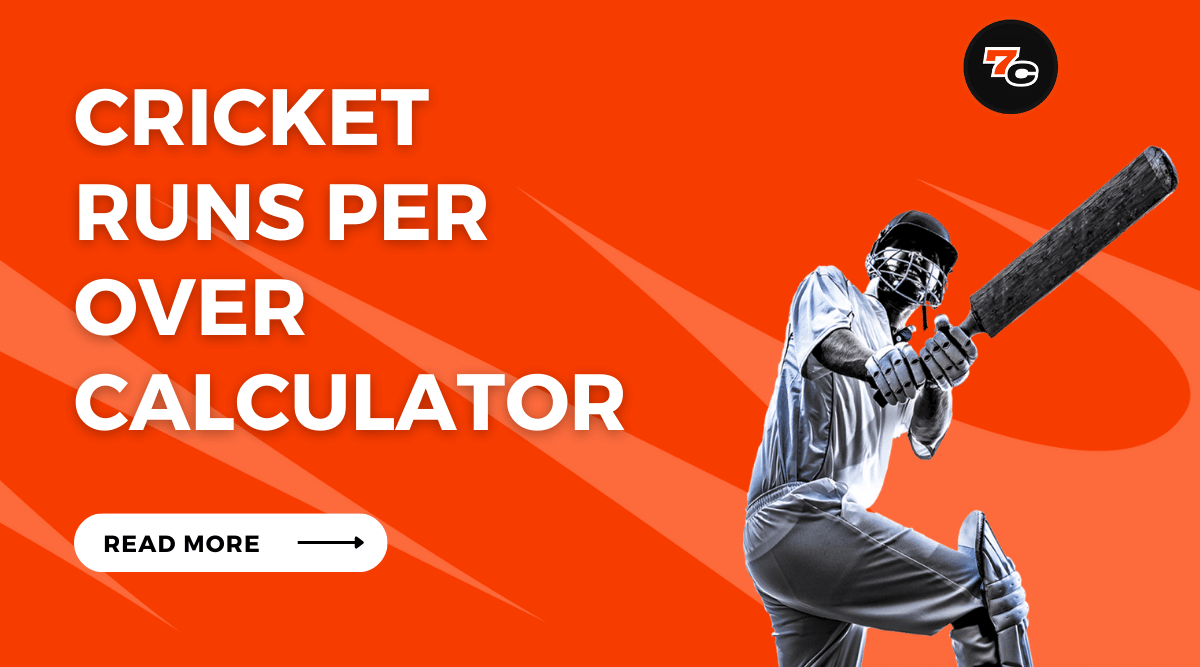Cricket can be an exhilarating yet brutal sport, where fast bowlers aim to deliver balls at speeds that can exceed 90 miles per hour (145 km/h).
Imagine facing a leather ball that can cause significant pain and even injury if it strikes the unprotected shins. Pads play a crucial role in mitigating this risk by providing a solid layer of protection to the lower limbs of batsmen.
Made from a combination of robust materials such as leather, foam, and sometimes even carbon fiber, pads act as a buffer, effectively absorbing the impact of the ball.
They ensure that even the swiftest of deliveries don’t cause harm, allowing batsmen to focus on their game without fear of injury.
What is Pads in Cricket?
In cricket, ‘pads’ are a type of protective equipment used by batsmen, wicket-keepers, and close fielders.
Pads are designed to protect the player’s legs from injury caused by the cricket ball, which is very hard and can cause significant damage if it strikes an unprotected leg at high speed.
Cricket pads cover the lower part of the legs from the knees to the feet. They are made up of a series of padded sections or ‘wings’, which allow the player to run and move while still providing protection.
The outer layer of the pads is typically made of a durable material like leather or synthetic materials, while the inside is padded with foam or a similar material to absorb the impact of the ball.
Batsmen wear pads on both legs, as they need to protect both the front and back leg. Wicket-keepers and close fielders usually wear slightly smaller and lighter pads, as they need more mobility and the risk of being hit by the ball is somewhat lower.
Wearing pads is mandatory in all formal levels of cricket, from junior levels up to international cricket. They are a crucial piece of safety equipment and have prevented countless injuries over the years.
Anchoring Confidence: The Psychological Aspect
Apart from their physical significance, pads also serve an important psychological purpose. In cricket, where confidence and mental strength are vital, pads create a sense of security for batsmen.
Knowing that their legs are shielded by sturdy padding, batsmen can confidently face any bowling attack, even if it consists of express pace or hostile swing.
Pads act as a psychological anchor that boosts players’ confidence, enabling them to focus solely on their technique and decision-making.
This psychological reassurance is comparable to wearing a seatbelt while driving; it instills a sense of security and empowers individuals to perform at their best without unnecessary worry.
Real-World Analogy: A Fortress Protecting the Kingdom
To better understand the significance of pads in cricket, let’s draw an analogy from the real world. Picture a medieval castle dating back to the times when kingdoms battled fiercely for control.
Within the castle walls, a moat surrounds the entire structure, acting as a protective barrier. Just like the moat, the leg pads protect batsmen by acting as a formidable line of defense against the cricket ball, warding off any possibility of an injury.
Conclusion: Pads in Cricket
Pads are an integral component of the cricketing toolkit. From shielding the shins and knees to anchoring confidence, their importance cannot be overstated.
Like a moat defends a castle, pads guard batsmen against the ferocity of the cricket ball. Consequently, wearing pads not only ensures players’ physical safety but also bolsters their mental strength, allowing them to approach the game with complete focus and unwavering determination.
As cricket evolves and players aim for excellence, the indispensability of pads remains unwavering, a symbol of protection that fortifies players on their quest for triumph on the cricket field.











